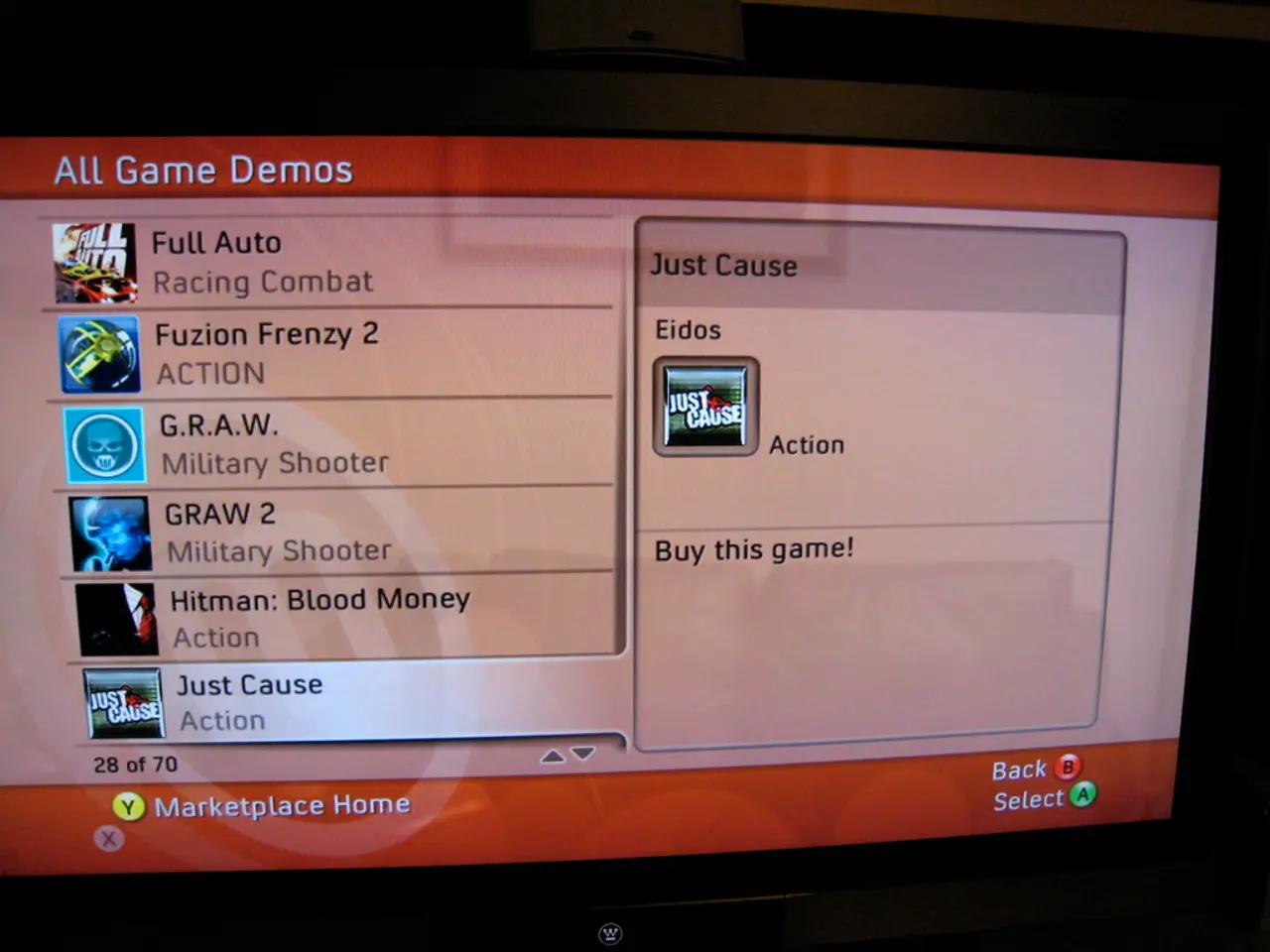Exploring Creative Sounds with Modular Synthesizers: A Comprehensive Guide
In the realm of electronic music production, modular synthesis stands out as a beacon of innovation and collaboration. This thriving online community fosters a unique culture where creators share ideas, experiment with sounds, and push the boundaries of what's possible.
At the heart of modular synthesis lies the ability to connect and rearrange various modules to create your own audio playground. To start building, you need to understand the core building blocks of a modular synth and how they interact through patch cables.
Begin with essential modules such as oscillators, filters, and Voltage Controlled Amplifiers (VCAs). Oscillators generate raw audio signals, filters shape the tone, and VCAs control the amplitude of the sound. Quad VCAs, in particular, are highly recommended for beginners as they allow for effective mixing and attenuation of multiple signals.
Next, add modulation sources like envelopes and Low-Frequency Oscillators (LFOs) to provide dynamic control over parameters like filter cutoff, amplitude, or oscillator pitch. Envelopes control how sounds evolve over time through stages such as attack, decay, sustain, and release, although simplified AD envelopes are common in modular systems.
Using patch cables, connect the outputs of one module to the inputs of others, then chain through VCAs and modulation sources to shape sound and modulation interplay. Rearranging these cables allows you to experiment with signal flow and create unique sounds.
Proper powering and formatting are crucial. Eurorack modules typically require a 12V supply, and it's essential to follow manufacturer guidelines for connections.
To expand your creative possibilities, consider using sequencers, effects, samplers, or software modular platforms like Native Instruments Reaktor 6. Reaktor 6 offers a modular environment with patchable blocks for sound design, ideal for exploring modular concepts digitally before or alongside hardware.
Learning through experimentation is key. Try different patch combinations, such as routing modulation from an envelope to a filter cutoff or using multiple VCAs to mix signals. Modules like Moog's semi-modular synths provide preset routing to help you learn the ropes.
A simple workflow example involves connecting an oscillator output to a filter input, patching the filter output to a VCA input, sending the VCA output to your audio output or mixer, using an envelope generator triggered by a gate signal to control VCA amplitude, and using LFOs or additional envelopes to modulate filter cutoff or oscillator pitch. Experiment by re-routing cables or combining multiple signal paths to generate complex and new sounds in your modular setup.
By connecting audio signals and control voltages modularly, you build a flexible, evolving sound environment — your very own audio playground that you can reshape endlessly. From FM synthesis to generative patches, the possibilities are endless. Embrace these concepts, and you'll develop a modular rig that's truly unique to you.
- In the realm of music production, modular synths offer unique audio interfaces for the creation and experimentation of sounds, contributing to the culture of electronic music and entertainment.
- Essential modules in a modular synth setup include oscillators, filters, and Voltage Controlled Amplifiers (VCAs), with Quad VCAs being particularly helpful for beginners in mixing and attenuating multiple signals.
- To enhance the dynamic control over parameters like filter cutoff, amplitude, or oscillator pitch, consider incorporating modulation sources such as envelopes and Low-Frequency Oscillators (LFOs) into your setup.
- Connecting the outputs of one module to the inputs of others and chaining them through VCAs and modulation sources allows for the shaping of sound and modulation interplay, fostering creativity and the generation of unique sounds.
- As you progress in your modular synthesis journey, consider expanding your studio with additional gadgets like sequencers, effects, samplers, or software modular platforms like Native Instruments Reaktor 6, further enriching your music production experience.




